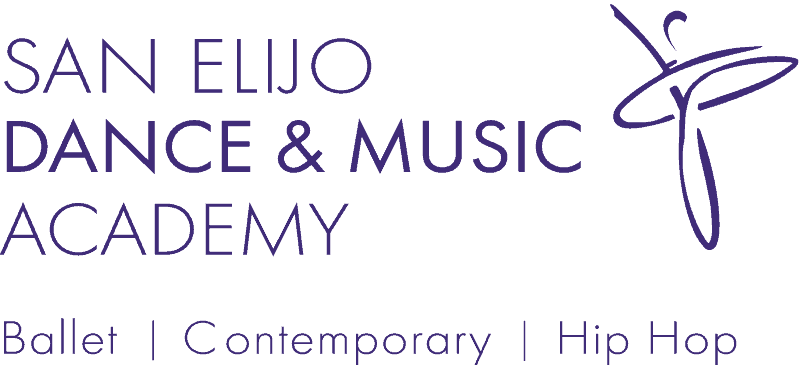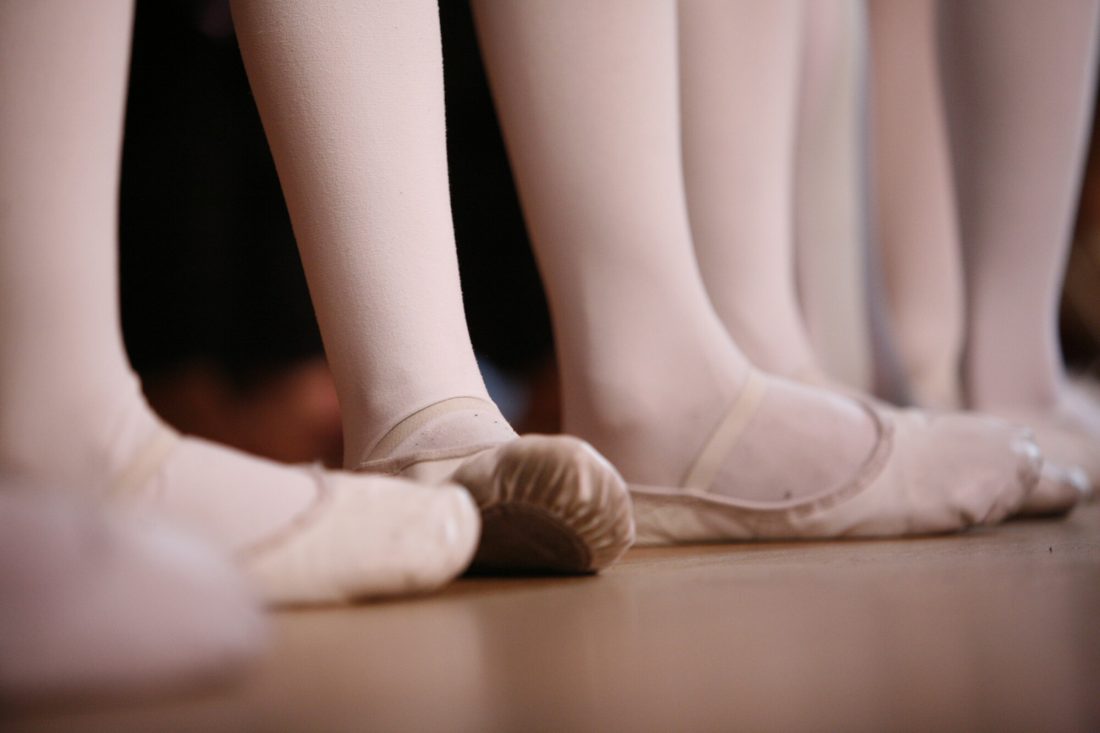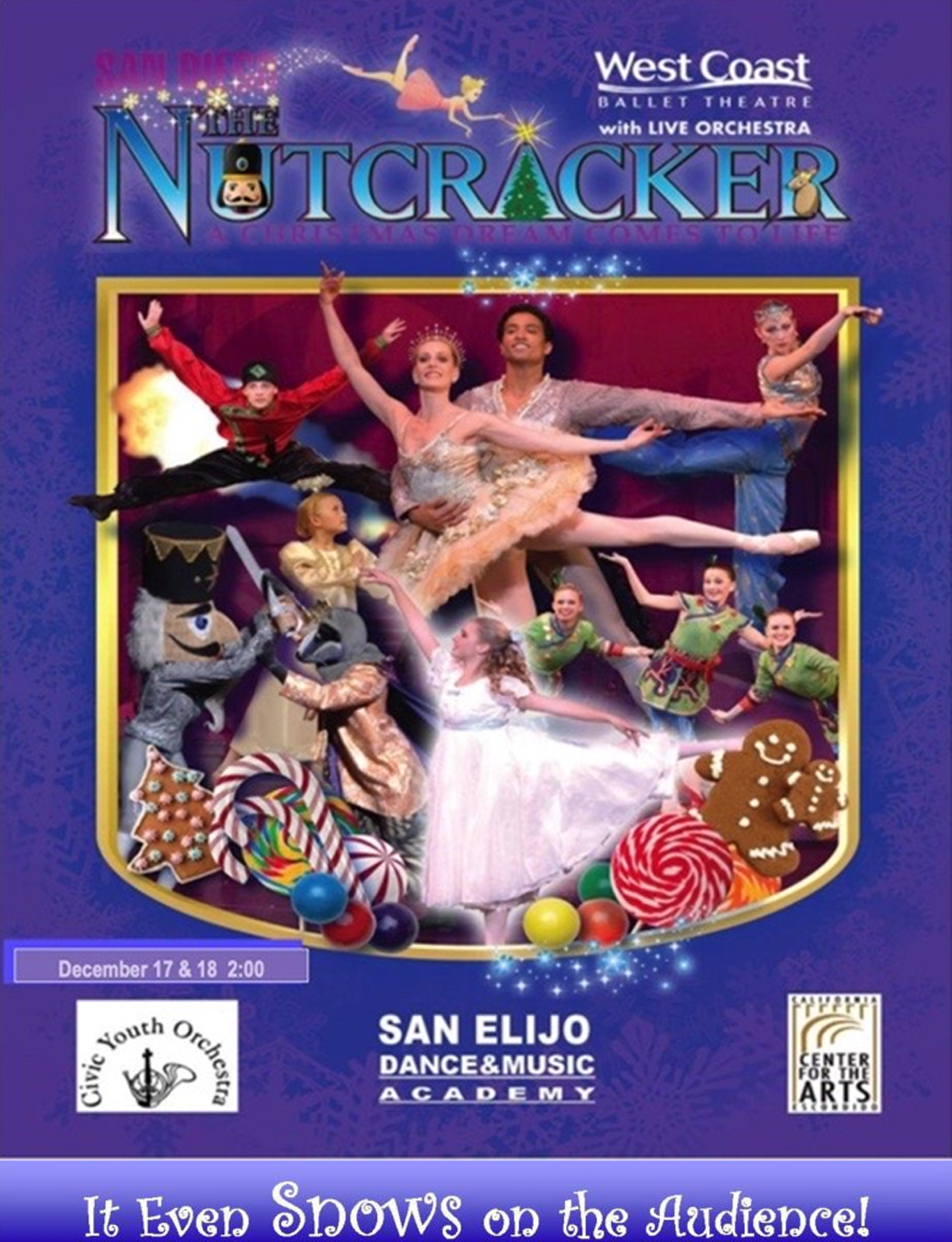Are you struggling to find the right dance shoes for your child? Not to worry.
The world of dance gear can be overwhelming, with a variety of shoes, styles, and materials to choose from. But armed with the right knowledge, you’ll never have to worry about purchasing the right equipment again.
Here is the complete guide on choosing the best dancing shoes for your child.
Price
With all the things you have to buy for your child’s dance classes, such as leotards, tights, and dance bags, the receipts begin to add up. That said, shoes are not where you want to cut costs.
Dance shoes go through a lot of wear and tear, so purchasing the best, most durable shoes ensures they won’t fall apart. So while it may be tempting to buy a cheaper brand, it is suggested that you choose a more reliable one, even if it’s more expensive.
Size
Dance shoes can often follow different sizing than regular shoes. Start with the shoe size your child normally wears and work your way up or down from there.
It’s also essential that you don’t buy something your child can grow into. If the sizing is too large, their ability to dance will be hindered. So although it’s frustrating to keep buying new shoes as they grow, it is a necessity.
Your child should also try on the shoes before you buy them. For the best experience, go to a store that only sells dancewear. This way, you have the most knowledgeable people measuring your child for the correct size.
Fit
For all forms of dance, especially ballet, the footwork is extremely important. For this reason, you want the shoe to have a snug fit so your child’s teacher can see their lovely footwork.
If your child says the shoes are too tight or you notice extra material on the sides, it’s not the right fit. But when you think you’ve found the ones, have them flex and point their feet to be sure.
Ballet
You probably know a little bit about ballet shoes or at least have a picture of them in your mind.
It’s important to note that dance studios may want a particular material or color, so check in with them before buying anything.
Typically, girls wear pink slippers, and boys wear black or white. The slipper can be either leather or canvas material, so it comes down to personal preference. Canvas shoes tend to be more flexible but are less durable than leather.
There are also full sole and split sole ballet slippers. For young children, full sole shoes are recommended as they help build the foot muscles required for ballet. Split sole shoes are better for older children, as it allows for their feet to bend more easily.
Pointe
Pointe shoes won’t be worn until later in a dancer’s life, so young children won’t be needing these. However, high school or even middle school aged children may want to take it up.
Pointe shoes must fit correctly, as a loose-fitting shoe could lead to ankle damage. These shoes often go by sizing charts, so measure the length and width of your child’s foot. When you think you’ve found the right pair, your child should relevé (raise) on pointe to make sure their toes are snug but not crunched.
For some brands of pointe shoes, you can also select the hardness of the shank. The shank is the sturdy part on the back of a pointe shoe, built-in for arch support. One hardness is not necessarily better than another, but dancers often have a preference.
Jazz
Jazz dance shoes are black or tan and made from breathable leather. The color is sometimes dictated by your child’s dance studio, so ask if they have a preference.
These shoes occasionally have laces, but most modern jazz shoes don’t. Instead, they stretch, allowing the foot to slip in and out with ease. Other characteristics include a split sole and a small rubber heel to absorb shock.
Lyrical and Contemporary
Lyrical and contemporary dance will require the same footwear, if any. They can be performed barefoot, but some dancers choose to wear footpads.
Footpads have toe cutouts, so the toes can grip the floor and enwrap only the balls of the feet. They are used to protect the bottom of the feet and prevent joint damage.
Tap
Tap shoes have a thick heel and a sturdy sole. To be considered tap shoes, they must have metal on the bottom, usually on the toe and heel area. These metal pieces are screwed on and can often be adjusted to create the best frequency.
Typically, tap dancers wear leather, black shoes that lace up. However, for musical theatre, tan tap shoes with an adjustable strap are often required to blend in with the costume.
Hip Hop
Hip hop shoes look like mesh or suede sneakers. Having said that, you don’t want to send your child to hip hop class wearing their everyday, stylish sneakers.
While you don’t have to break the bank for hip hop shoes, they should still be breathable, allow for good flexion in the foot, and provide good ankle support.
Now You Know How to Choose the Best Dancing Shoes
Finding the best dancing shoes for your child isn’t always easy. But it will all be worth it when you finally see them on stage, dancing beautifully in the shoes you bought them.
Contact us to sign your child up for a dance class at San Elijo Dance & Music Academy today!


